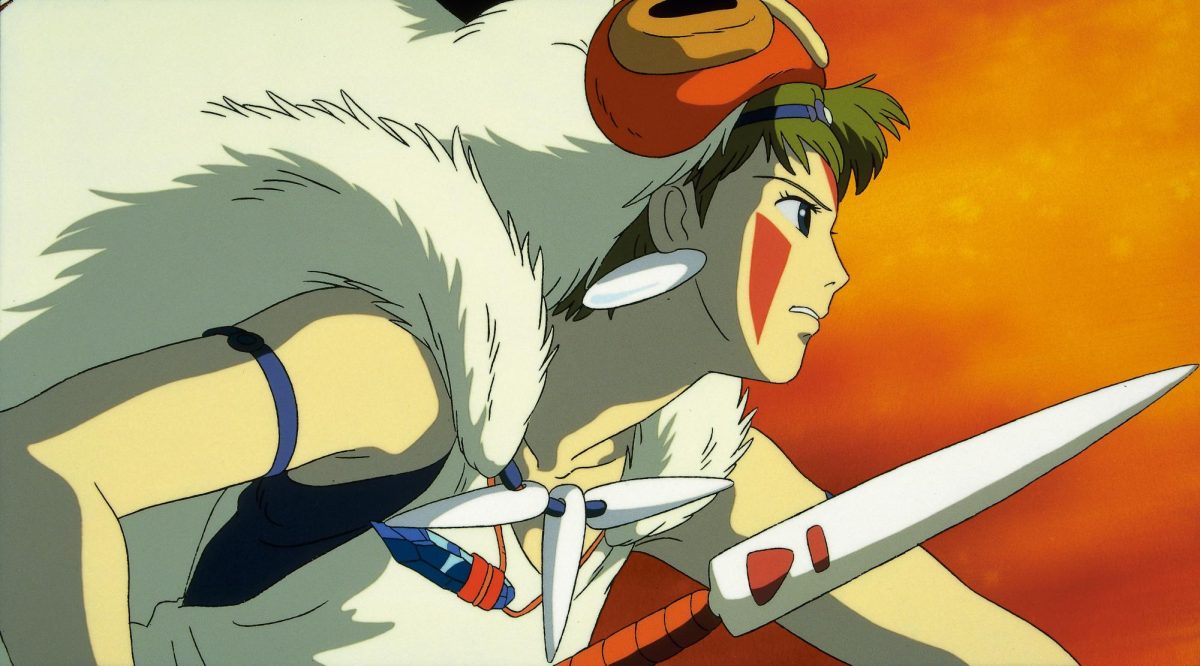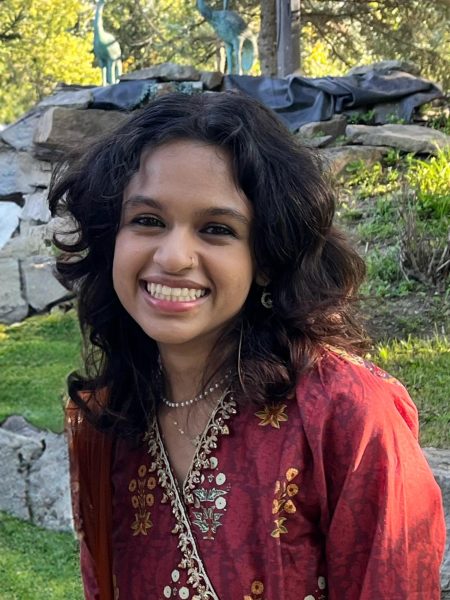In the Western world, animation is often seen as a medium for children. This is largely thanks to companies like Disney or Pixar. Even if the films have deep messages, such as Pixar’s “Soul” or “Dreamworks” “Kung Fu Panda,” they get written off as being childish. The Oscars created a separate category for animated films because they didn’t think they were comparable to ‘real film.’
Western society constantly diminishes animation as strictly for children, an extremely controversial and problematic behavior. Even if they are family-friendly, many of them, such as “The Breadwinner” or “Wall-E,” make important statements about morality and society, which is more than many live-action films have ever accomplished. One such animated film that makes these statements is Studio Ghibli’s “Princess Mononoke.”
The Legend of Ashitaka
In “Princess Mononoke,” Hayao Miyazaki presents a world filled with both love and hate, a duality reflected in the characters and the narrative itself. Unlike American animated films, where a clear division between good and evil often exists, “Princess Mononoke” explores the blurred lines between these forces.
The film opens with Prince Ashitaka facing a boar possessed by a demon of hate. Ashitaka defeats the boar but the demon now lives inside him. Forced to leave his village, Ashitaka goes on a journey to search for the source of this demon and “see with eyes unclouded by hate.”
There are no true villains in “Princess Mononoke.” Instead, conflict arises from communities competing over resources, becoming blind to their similarities and focusing on past grudges. Characters express love for those around them but harbor hatred for those opposed to their community’s interests. Lady Eboshi and San, two central characters, embody this duality.
Good and Evil
Lady Eboshi is the leader of Iron Town. On the surface, she appears to be the antagonist. Her town thrives by exploiting the forest’s resources, causing pollution and leaving scars on the Earth. Her relentless pursuit of progress comes at a devastating cost to the environment. However, beneath this ruthless exterior is a leader fiercely protective of her people. Iron Town provides a haven for outcasts ostracized by society. Eboshi’s ambition ensures their survival. This act of compassion complicates her portrayal; can someone who is only doing what she can to protect her people truly be considered evil?
San, on the other hand, was raised by wolves. Her rage against humanity is understandable, fueled by the destruction they inflict on her home. Her hatred blinds her to the possibility of coexistence. San is not a pure hero, just like Eboshi is not a true villain.
Even Ashitaka isn’t a stereotypical hero. He isn’t singularly focused on defeating a villain. He recognizes the destructive nature of unchecked progress by Iron Town but also understands that it is dependent on the forest and natural resources. Ashitaka also understands that one day, San must learn to live among her own kind. While he shares her desire to protect the forest, he also knows that her rage blinds her to understanding other humans and prevents her from reaching a compromise.
Eyes Unclouded
Miyazaki’s perspective on the world — pessimistic yet hopeful — shapes his films. He acknowledges the inevitable decline of the world but chooses to inspire the next generation with the message that life is worth living. This duality of thought is reflected in “Princess Mononoke,” where the conflict does not end with a clear victory of good over evil. Instead, the characters learn valuable lessons about living in harmony with nature and each other, despite the world’s imperfections. “Princess Mononoke” challenges Western notions of morality, urging viewers to see all sides of every story; “to see with eyes unclouded by hate.”



